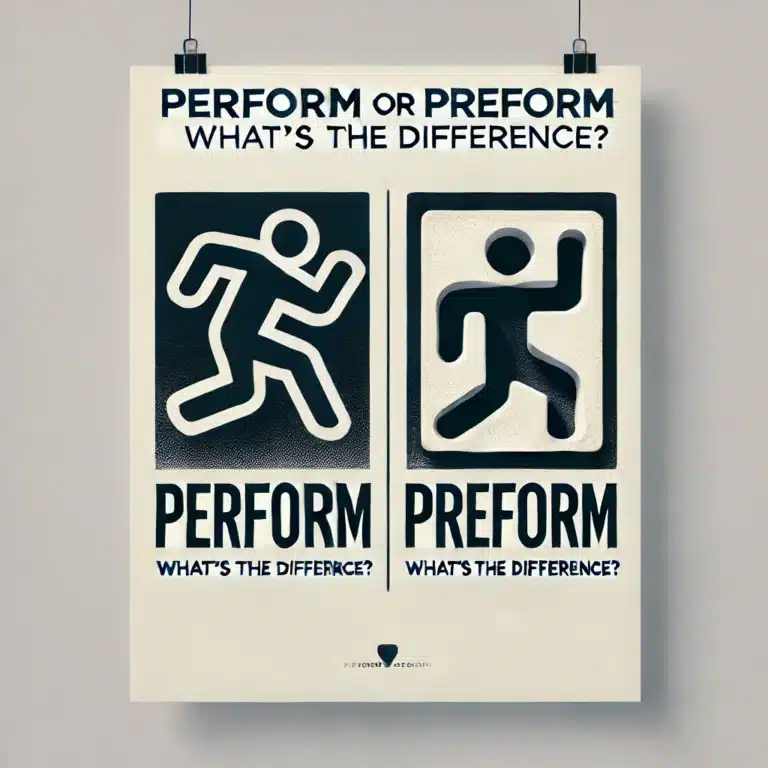Mastering “Check in” vs. “Check-in”: A Comprehensive Guide to Correct Usage
In the ever-evolving landscape of the English language, few phrases spark as much confusion as “check in” and “check-in.” Whether you’re a seasoned writer, a busy professional, or simply someone who wants to communicate clearly, understanding the nuances between these terms is crucial. This comprehensive guide will delve into the intricacies of “check in” and “check-in,” exploring their correct usage, evolution, and impact on various industries.
The Evolution of “Check in”: From Verb to Noun
The phrase “check in” has undergone a fascinating transformation over the years. Originally a verbal phrase, it has expanded its linguistic territory to include noun and adjective forms. This evolution reflects the adaptability of language in response to technological advancements and changing social norms.
Historical context:
- Early 20th century: “Check in” primarily used in hotels for guest registration
- Mid-20th century: Adoption by airlines for passenger processing
- Late 20th/Early 21st century: Expansion into digital realms (social media, apps)
The journey of “check in” from a simple hotel procedure to a ubiquitous term in our digital lives showcases the dynamic nature of language. As new industries emerged and technologies developed, the phrase adapted to fit various contexts, leading to the creation of its noun form, “check-in.”
Breaking It Down: When to Use “Check in” vs. “Check-in”
Understanding the distinction between “check in” and “check-in” is essential for proper grammar and clear communication. Let’s explore the correct usage of each form:
Verb Form: “Check in”
As a phrasal verb, “check in” consists of two separate words and is used to describe the action of registering one’s arrival or confirming something.
Examples in various contexts:
- Hotels: “I’ll check in at the front desk.”
- Airports: “Please check in at least two hours before your flight.”
- Social media: “Don’t forget to check in at the restaurant!”
Common phrases and idioms:
- “Let’s check in with each other next week.”
- “I need to check in on my elderly neighbor.”
- “The team checks in every morning via video call.”
Noun Form: “Check-in”
As a noun, “check-in” is hyphenated and refers to the process or act of checking in.
Usage examples:
- “The check-in process was quick and efficient.”
- “Our flight check-in opens 24 hours before departure.”
- “The app allows for contactless check-in at hotels.”
Hyphenation rules for compound nouns:
When a compound noun is formed from a verb phrase, it’s typically hyphenated. This rule applies to “check-in” when used as a noun or adjective.
| Verb Form | Noun Form | Adjective Form |
|---|---|---|
| check in | check-in | check-in |
| log in | login | login |
| sign up | sign-up | sign-up |
Industry-Specific Applications
The usage of “check in” and “check-in” varies across different sectors, each with its own nuances and conventions.
Travel and Hospitality
In the travel industry, both forms are heavily used:
- Verb: “Passengers must check in two hours before departure.”
- Noun: “The hotel offers a 24-hour check-in service.”
Case Study: Airline Industry
Delta Air Lines saw a 20% reduction in check-in times after implementing mobile check-in options. This showcases how the concept of “check-in” has evolved with technology, influencing both language and customer experience.
Read More About : The Great Syllabus Showdown: Syllabuses or Syllabi?
Healthcare
The healthcare sector has adopted “check-in” terminology, particularly in outpatient settings:
- “Please check in at the reception desk upon arrival.”
- “Our new patient check-in kiosks streamline the registration process.”
Social Media and Technology
Social platforms have given new life to the phrase:
- “Don’t forget to check in at the concert tonight!”
- “The app’s check-in feature helps track your fitness goals.”
Common Mistakes and How to Avoid Them
Even seasoned writers can stumble when it comes to “check in” vs. “check-in.” Here are some common pitfalls and tips to sidestep them:
- Misuse in professional writing
- Incorrect: “Please check-in with your supervisor.”
- Correct: “Please check in with your supervisor.”
- Errors in digital communication
- Incorrect: “Click here to checkin.”
- Correct: “Click here to check in.” (verb) or “Click here for check-in.” (noun)
- Inconsistent hyphenation
- Incorrect: “The check in process was smooth.”
- Correct: “The check-in process was smooth.”
Pro Tip: When in doubt, ask yourself if you’re describing an action (verb) or a thing (noun). This simple test can help you choose the correct form.
Test Your Knowledge: Interactive Quiz
Let’s put your newfound knowledge to the test with a quick quiz:
- Which is correct?
a) “I need to check-in for my flight.”
b) “I need to check in for my flight.” - Complete the sentence: “The __ counter is located in the main lobby.”
a) check in
b) check-in - True or False: “Check-in” can be used as a verb.
- Which sentence is correct?
a) “The event organizer will check-in attendees at the door.”
b) “The event organizer will check in attendees at the door.”
(Answers: 1-b, 2-b, 3-False, 4-b)
Beyond “Check in”: Related Terms and Their Correct Usage
Understanding “check in” and “check-in” opens the door to mastering similar phrases:
- Check out (verb) vs. checkout (noun/adjective)
- “I’ll check out of the hotel at noon.”
- “The checkout time is 11 AM.”
- Log in (verb) vs. login (noun/adjective)
- “Log in to your account to access the features.”
- “I forgot my login credentials.”
- Sign up (verb) vs. sign-up (noun/adjective)
- “Sign up for our newsletter to stay informed.”
- “The sign-up process takes only a minute.”
The Impact of Correct Usage on Professional Communication
The proper use of “check in” and “check-in” goes beyond grammar; it affects how we’re perceived professionally:
- Brand perception: Correct usage in marketing materials and customer communications enhances brand credibility.
- User experience: Clear instructions using the right form can improve digital interfaces and reduce user frustration.
“In the professional world, precision in language is not just about correctness; it’s about clarity and respect for your audience.” – William Strunk Jr., co-author of “The Elements of Style”
Writing Tips: Maintaining Clarity in Various Contexts
Adapting your writing style while maintaining correct usage is key:
- Formal writing:
- Use “check in” (verb) and “check-in” (noun) consistently.
- Example: “Guests may check in at the reception. The check-in process begins at 3 PM.”
- Informal writing:
- In casual emails or texts, the distinction is less crucial, but maintaining consistency is still beneficial.
- Example: “Hey, just wanted to check in about dinner plans!”
- Digital content creation:
- For websites and apps, clear and correct usage is vital for user guidance.
- Example: “Click here to start the check-in process” or “Check in now to earn rewards points!”
The Future of “Check in”: Language Evolution in the Digital Age
As technology continues to shape our communication, the usage of “check in” and “check-in” may evolve further:
- Emerging trends:
- Voice commands: “Alexa, check me in for my flight.”
- Augmented reality check-ins at physical locations
- Predictions from linguists:
- Potential merging of forms in casual digital communication
- Increased use in virtual and augmented reality contexts
Resources for Further Learning
To deepen your understanding and stay updated on usage guidelines:
Style Guides and Grammar References
- The Chicago Manual of Style
- AP Stylebook
- Garner’s Modern English Usage
Online Tools for Checking Usage
- Grammarly
- Hemingway Editor
- ProWritingAid
Key Takeaways: Mastering “Check in” and “Check-in”
Remember these points to navigate the “check in” vs. “check-in” dilemma with confidence:
- Verb form: Use “check in” (two words) when describing an action.
- Noun/Adjective form: Use “check-in” (hyphenated) when referring to the process or describing a related noun.
- Context matters: Consider the industry and formality of your writing.
- Consistency is key: Maintain uniform usage throughout your document or platform.
Mnemonic device: “When you’re doing it, it’s two; when it’s a thing, make it cling (with a hyphen).”
In conclusion, mastering the correct usage of “check in” and “check-in” is more than a grammar exercise—it’s a step towards clearer, more professional communication. By understanding the nuances of these terms, you’ll enhance your writing, improve user experiences in digital contexts, and demonstrate attention to detail in all your communications. Remember, language is a living entity, and staying informed about its evolution is key to mastering its intricacies.







